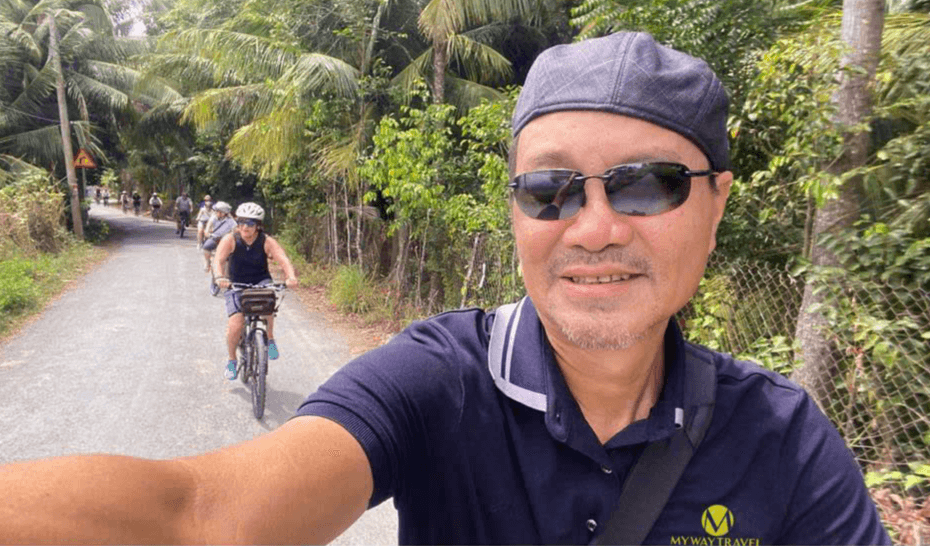Located in the southeast of the country, about 300 km from the capital Colombo, Yala is the second largest national park in Sri Lanka, spanning an area of nearly 1000 km2. Yala National Park is home to many wild animals and rare animals such as bears, deer, leopards, crocodiles…
In this travel guide below, Absolute Asia Tours will share with you some useful guides about this fascinating park, the animals you may see, and when to visit Yala,… so that you can have the best moments at this National Park!
Things to Do in Yala National Park
Yala Park is divided into five zones. Two zones are open to the public and tourists, Zone 1 and Zone 5. Other areas of Yala are reserved for research or documentary filming only. This allows much of the park to remain a natural habitat for the animals. Follow us to see what you can do in this enormous national park!
Spot the Majestic Sri Lankan Leopard
Do you know that Yala is home to the world’s highest density of leopards? That means you can easily spot these big cats without any effort! Unlike their African cousins, Sri Lanka leopards boast darker, russet coats and closely packed spots. So get your camera ready to take impressive pictures of these intelligent beasts.
Go on a Wildlife Safari
Leopards may steal the spotlight, but Yala offers far more. Herds of Asian elephants can be seen all over the park, often accompanied by playful calves. Crocodiles bask by lagoons, jackals prowl the undergrowth, and sloth bears leave their signature claw marks on tree trunks. As you have two guided safaris which are visitor-accessible, make the most of your trip here to enjoy thrilling encounters with Yala’s diverse fauna.
Birdwatching Amidst Wetlands
With over 400 bird species, including 33 endemics, Yala is perfect if you want to get to know more about the world’s most popular animal. The park’s lagoons and mangroves are ideal for spotting black-necked storks, blue-tailed bee-eaters, and painted storks. To have the best experience, wake up early in the morning for your birdwatching trip, pack a nice breakfast, find a spot under the mangroves, and wait for the moment!
Camping inside the park is prohibited to protect wildlife, but the surrounding buffer zone offers excellent options. Choose from mobile camps with a rustic jungle vibe or luxurious permanent camps featuring boutique-style comforts, including private pools.
Whether you’re drawn by the leopards or enchanted by the birdlife, Yala National Park tour packages by Absolute Asia Tours promise an immersive journey into Sri Lanka’s wild heart. From thrilling safaris to tranquil mornings by the lagoons, Yala delivers a truly unforgettable experience.
Speak to someone who's been there

Explore Yala National Park, Sri Lanka's second-largest national park, home to diverse wildlife including leopards, elephants, crocodiles, and over 400 bird species. Whether you’re on a thrilling safari or birdwatching by the lagoons, Yala offers unforgettable encounters with nature. Suggestions for Exploring Yala National Park:
Sri Lanka ⟩ Sigiriya
Sri Lanka ⟩ Negombo
Sri Lanka ⟩ Jaffna
Sri Lanka ⟩ Hatton
Sri Lanka ⟩ Uda Walawe
Sri Lanka ⟩ Nuwara Eliya and Tea Country
Sri Lanka ⟩ Kandy
Sri Lanka ⟩ East Coast
Sri Lanka ⟩ Minneriya National Park
Sri Lanka ⟩ Galle
Sri Lanka ⟩ Colombo
Sri Lanka ⟩ Cultural Triangle
Suggestions for Exploring Yala National Park:
Spot the world’s highest density of leopards in Zone 1 and Zone 5, go on a thrilling wildlife safari to see elephants, crocodiles, and sloth bears, and enjoy birdwatching amidst Yala’s wetlands, where over 400 bird species, including endemics, can be found.




